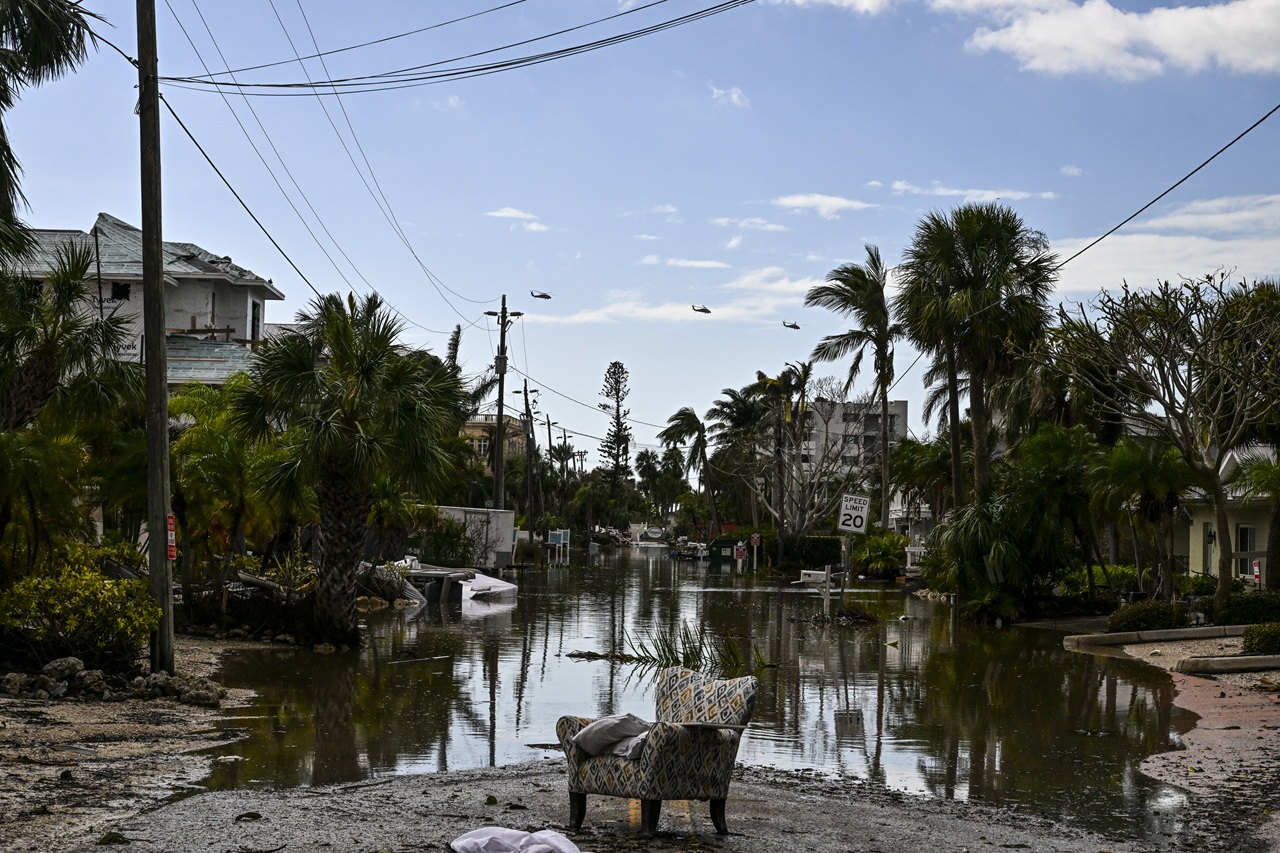
Latest census data sees non-English help for voting increase to more than 24 million people
Under the Voting Rights Act, communities with large enough non-English speaking populations are required to have materials translated.
On Wednesday, Dec. 8, the Census Bureau announced that the number of communities required by law to assist non-English-proficient people vote rose to 331 this year.
The increase largely reflected the higher number of Hispanics in communities across the country who are eligible to vote, but are not proficient in English.
The Census Bureau issued its national list of states, counties and communities where populations of eligible voters not proficient in English are large enough to prompt protection under the federal Voting Rights Act that requires language help for such voters.
A total of 24,244,810 voting-age citizens live in the communities, which is a 22.3% increase from 2016. The majority — about 20.4 million — are Latino, 3.6 million are Asian-American and 236,942 are American Indian and Alaska Native, the Census Bureau said.
Language assistance can mean providing bilingual ballots or multiple-language ballots, as well as publishing voter registration forms, instructions or other forms in the languages of the prominent groups in the community or county.
The law says all materials that the jurisdictions provide in English must be provided in the language of the specified non-English proficient group as well.
This year’s number includes 68 more communities. Massachusetts had the most communities added to the list, rising from 12 to 19.
Six are communities with more Hispanic voters, in Clinton, Everett, Fitchburg, Leominster, Methuen and Salem. The town of Randolph has more voters of Vietnamese descent who need language help to vote.
In Arizona, communities that must offer language help to the American Indian/Alaska Native populations jumped from six to 11, and Minnesota added its first Asian community where it must provide language help.
RELATED CONTENT
Arturo Vargas, the executive director of the National Association of Latino Elected and Appointed Officials Educational Fund, a bipartisan group that works to ensure Latino participation in government and public office, told NBC News that the numbers can reflect the migration of populations, naturalizations and the number of people who reach voting age.
Today, the Federal Register published the U.S. Census Bureau’s Director’s determinations of minority language requirements of Section 203 of the Voting Rights Act. Philadelphia continued to meet the threshold for Spanish and for the 1st time, must support Chinese. pic.twitter.com/nrP3hqhRB8
— Philadelphia City Commissioners (@PhillyVotes) December 8, 2021
“Inability to speak or read English cannot be a barrier to the most cherished right of a U.S. citizen, the right to vote,” said Vargas.
Requirements to be able to read and write English were originally used to prevent Black people from being able to vote. Enslaved people were banned by law from becoming literate, so the literacy tests kept many from voting after emancipation.
Jim Crow laws and unequal education continued to prevent people of color from voting.
The Voting Rights act includes a provision protecting the right of “language minorities” to vote. Vargas cited the example of Puerto Ricans to make this more clear.
A Puerto Rican who moves to the U.S. mainland and is not proficient in English “is a fully franchised U.S. citizen and must have free and complete access to the ballot,” Vargas said.
The jurisdictions are determined based on five years of data from the American Community Survey of U.S. households, which collects population characteristics of the U.S. population, including citizenship data and English fluency.











LEAVE A COMMENT: